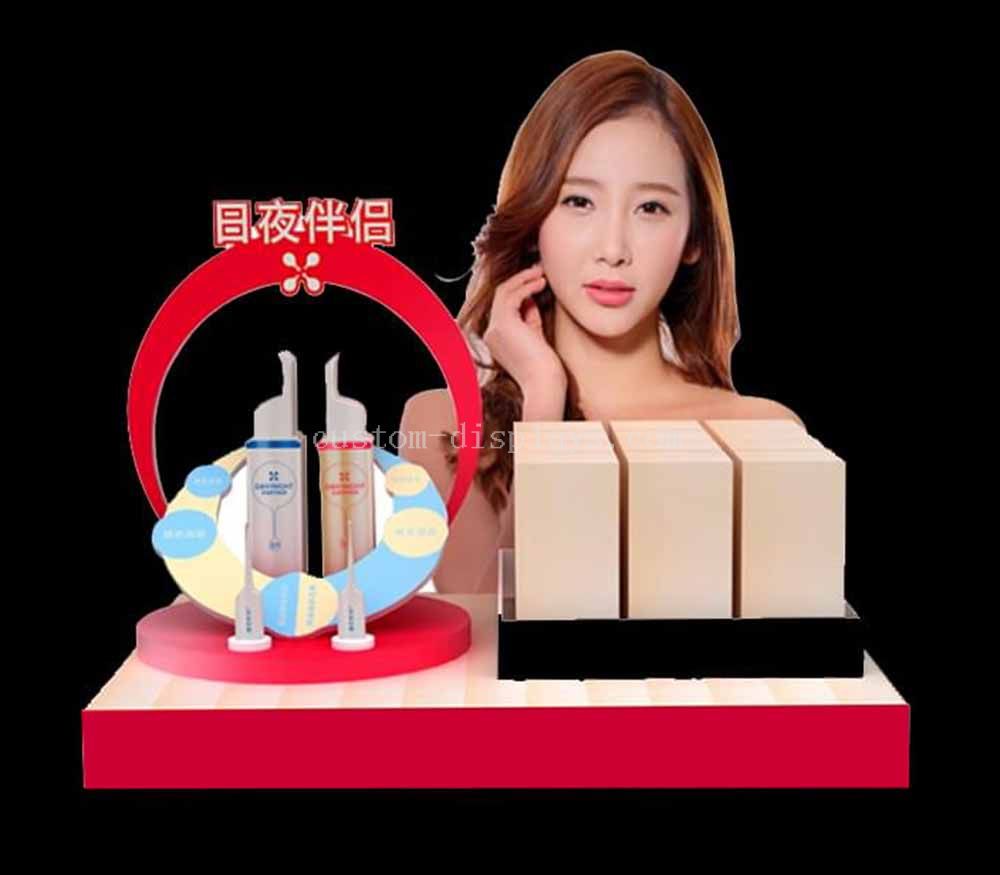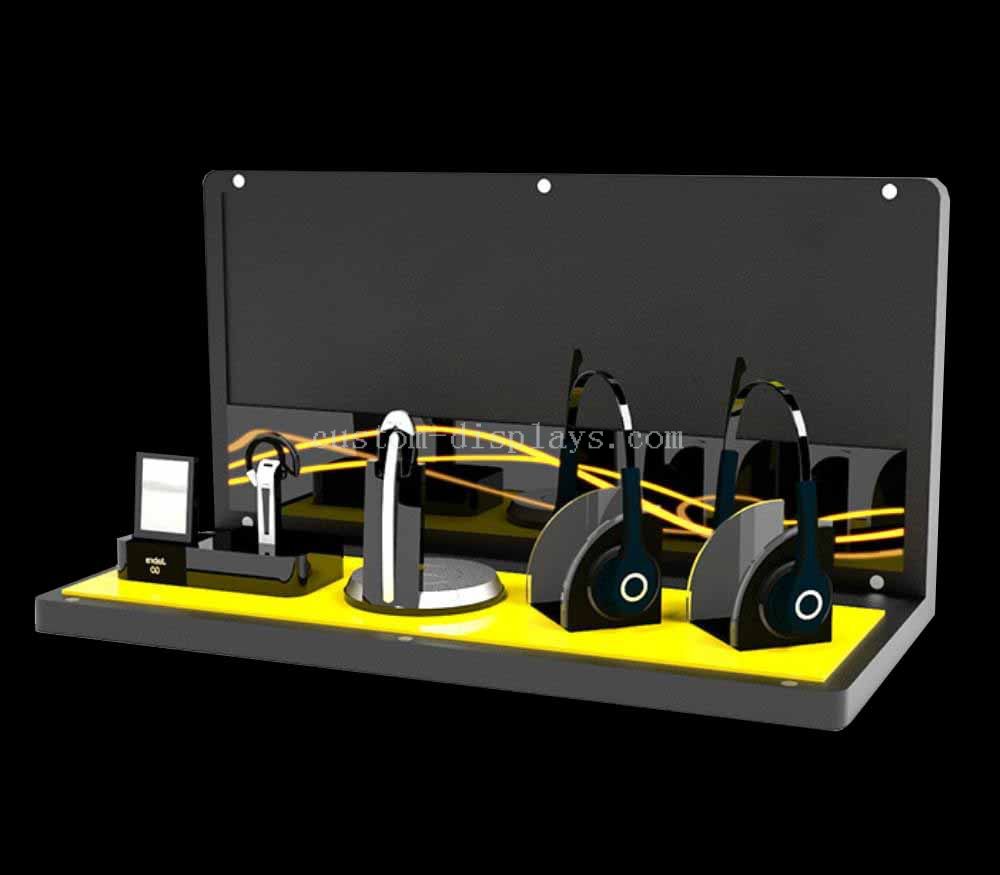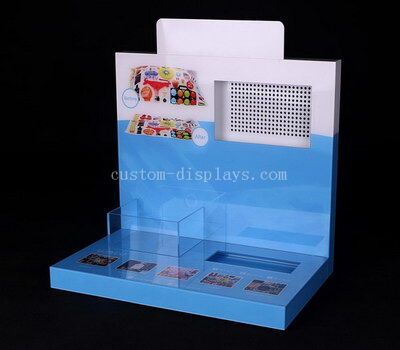The use of acrylic in display products is widespread, thanks to its versatility, durability, and aesthetic appeal. However, the growing emphasis on sustainability and environmental responsibility has led to a reevaluation of materials and design processes. This article explores the principles and practices of eco-friendly design in acrylic display products, highlighting the balance between functionality and environmental stewardship.



Understanding Acrylic: Benefits and Challenges
Acrylic, also known as polymethyl methacrylate (PMMA), is a clear plastic that resembles glass but offers greater strength and flexibility. Its advantages include excellent optical clarity, resistance to UV light, and ease of molding into various shapes. These properties make acrylic an ideal material for display products used in retail, exhibitions, and interior design.
Despite its benefits, acrylic is a petroleum-based plastic, raising concerns about its environmental impact. The production of acrylic involves significant energy consumption and the release of greenhouse gases. Additionally, like many plastics, acrylic is not biodegradable, posing challenges for waste management and environmental conservation.
Principles of Sustainable Design
To address these concerns, designers and manufacturers are adopting sustainable design principles that minimize the environmental footprint of acrylic display products. These principles include:
- Material Efficiency
Reducing material usage is a fundamental aspect of sustainable design. By optimizing the design to use less acrylic, manufacturers can decrease the amount of raw material required and reduce waste. Techniques such as precision cutting and efficient layout planning help in achieving material efficiency.
- Recycling and Reusability
Promoting the use of recycled acrylic and designing products for recyclability are crucial strategies. Recycled acrylic retains many of the properties of virgin acrylic but with a lower environmental impact. Additionally, designing display products that can be easily disassembled and recycled at the end of their life cycle helps in closing the loop of material use.
- Longevity and Durability
Creating long-lasting products reduces the need for frequent replacements, thereby conserving resources. Acrylic’s inherent durability makes it suitable for this approach. By designing robust and timeless display products, manufacturers can ensure that their items remain in use for extended periods.
- Non-Toxic and Low-Impact Manufacturing
Adopting non-toxic and low-impact manufacturing processes minimizes harmful emissions and reduces the environmental footprint. This includes using eco-friendly adhesives, coatings, and solvents, as well as implementing energy-efficient production techniques.
- Innovative Design Solutions
Innovative design solutions that incorporate modularity and multifunctionality can enhance the sustainability of acrylic display products. Modular designs allow for easy updates and reconfigurations, extending the product’s usability. Multifunctional displays can serve multiple purposes, reducing the need for additional items.
Case Studies in Eco-Friendly Acrylic Displays
Several companies and designers are leading the way in creating sustainable acrylic display products. For instance, some manufacturers are using recycled acrylic sourced from post-industrial and post-consumer waste. These products demonstrate that recycled acrylic can match the quality and aesthetics of virgin material while significantly reducing environmental impact.
Another example is the development of modular display systems. These systems consist of interchangeable components that can be reassembled in various configurations, adapting to changing needs without the need for new materials. This approach not only conserves resources but also offers cost savings for users.
The Future of Acrylic in Sustainable Design
The push for sustainability in design is reshaping the acrylic display industry. Ongoing research and innovation are leading to the development of bio-based acrylic alternatives derived from renewable sources. These alternatives have the potential to offer the same benefits as traditional acrylic but with a reduced environmental footprint.
Moreover, advancements in recycling technologies are making it easier to reclaim and reuse acrylic. Enhanced recycling processes can handle mixed-material products, ensuring that acrylic displays do not end up in landfills.
Conclusion
Sustainable design in acrylic display products is an evolving field that requires a holistic approach. By focusing on material efficiency, recyclability, durability, non-toxic manufacturing, and innovative design, the industry can reduce its environmental impact while maintaining the functionality and aesthetic appeal of acrylic. As consumers and businesses increasingly prioritize sustainability, the demand for eco-friendly acrylic display products is set to grow, driving further innovation and progress in this area.
The journey towards sustainability is ongoing, and the commitment to eco-friendly practices in acrylic design represents a significant step towards a greener future. Through conscious design choices and technological advancements, the acrylic display industry can play a vital role in promoting environmental responsibility.
